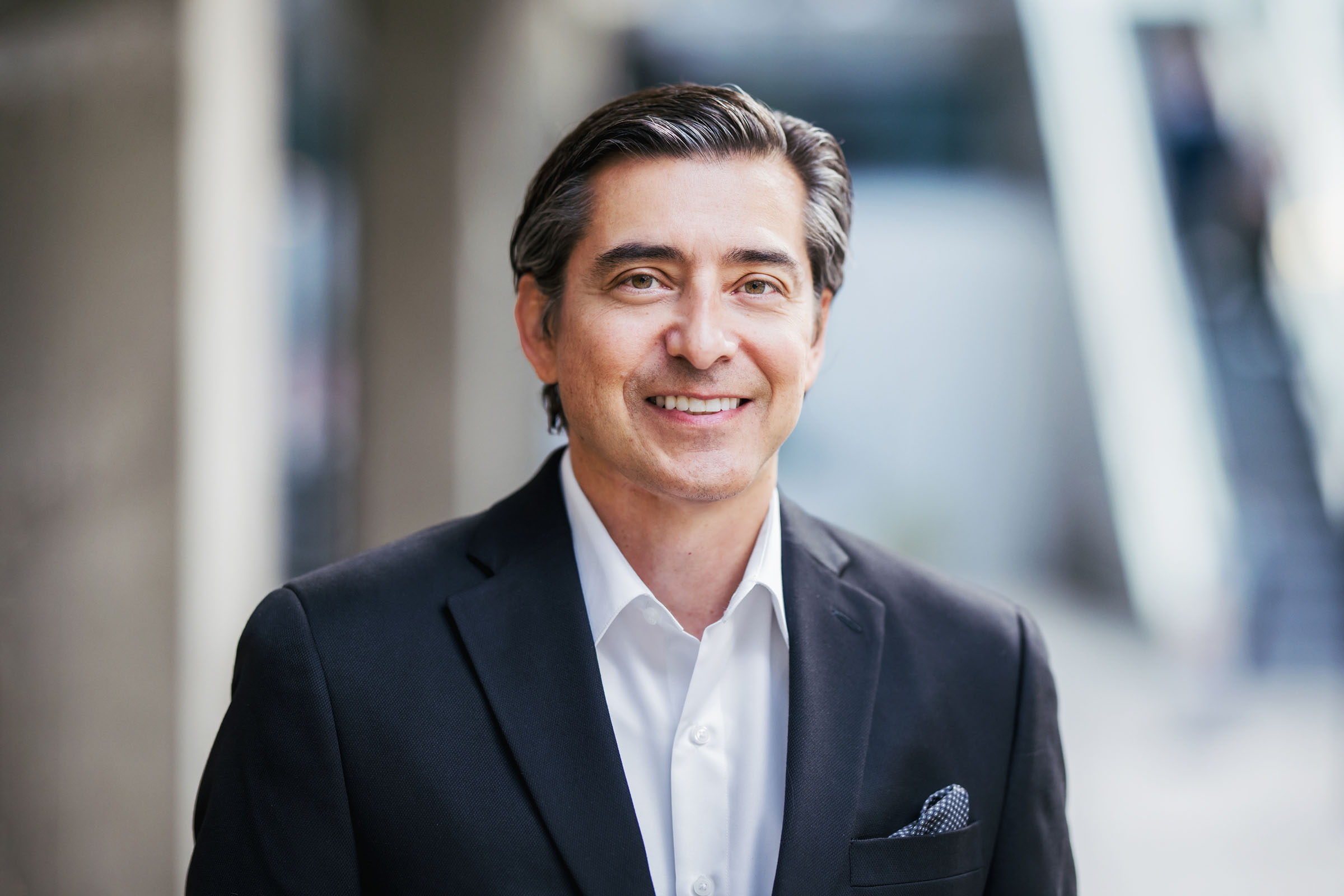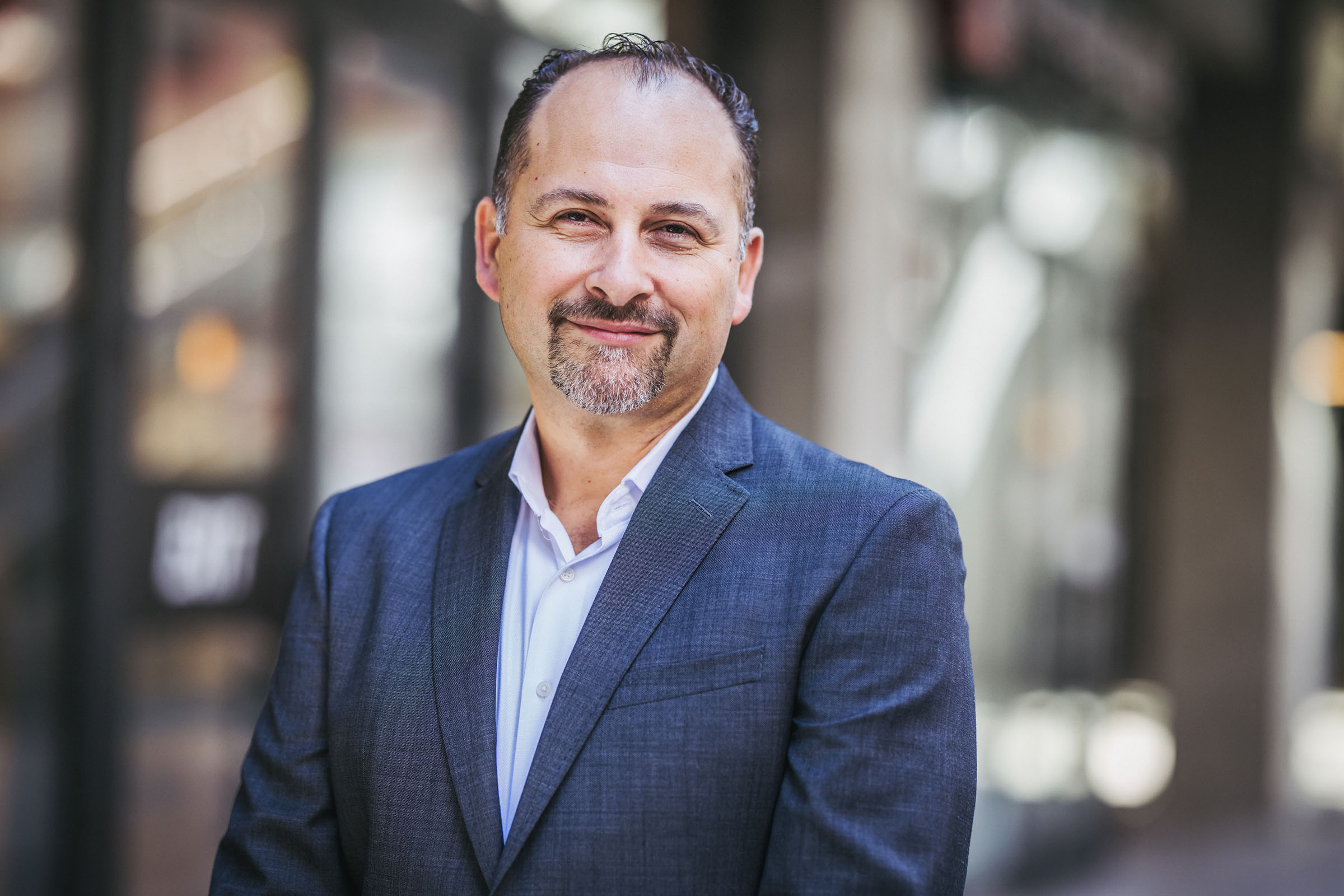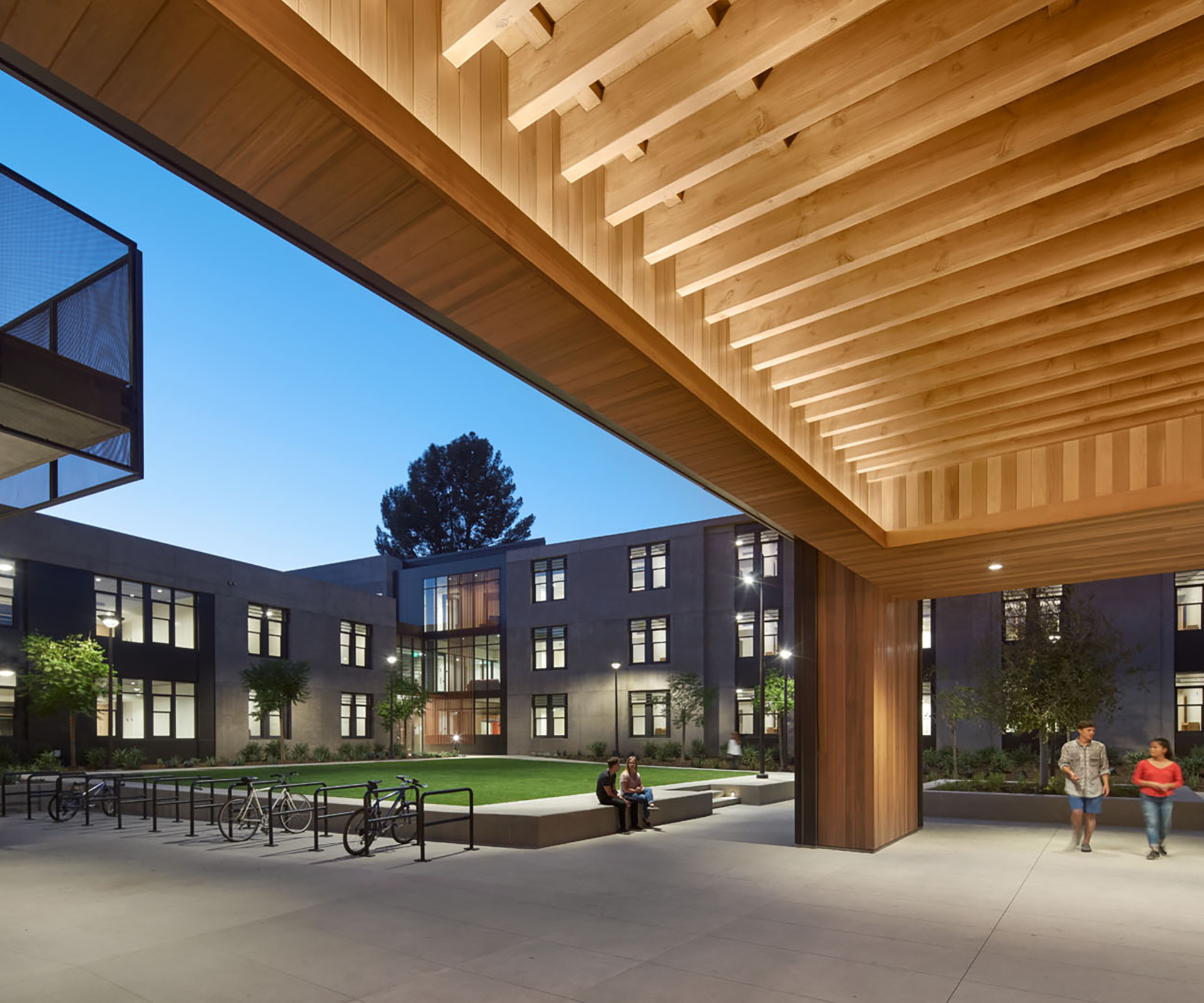
Aldrin Orue SE, LEED AP
Principal
Allen Escobedo SE
PrincipalCaltech Bechtel Residence and Integrated Project Delivery
True Integrated Project Delivery (IPD) construction projects are rare and require an exceptional team to deliver the rigorous demands of a collaborative team that utilizes lean methodology to maximize operational efficiencies while working under a multi-party risk/reward contract. It takes an extraordinary building to inspire such a team, led by efforts from the Caltech ownership team, to create a new typology of on-campus living.
The 211-bed Bechtel Residence, named after life trustee Stephen D. Bechtel Jr., kicked off in 2016 and was officially opened September 17, 2019, as the first new undergraduate housing facility to open on campus in over 20 years. Caltech approached the program with the goal to provide housing for all of their undergraduate students on campus for the duration of their studies. This multi-use residence houses undergraduates from all class levels along with two faculty in residence, a half-dozen graduate resident associates, and a residential life coordinator. This new construction frees up off campus space for graduate student housing, enhancing student life both on and off campus.

The IPD delivery included a Tri-Party agreement between Caltech and our construction and design partners MATT Construction and ZGF Architects. KPFF was part of the Risk/Reward Team under the architect’s prime IPD agreement and participated in the Incentive Compensation Layer (ICL) of the contract. The design and construction team depended on trust and financial transparency of each team member as individual profit for each team member depended on the overall performance by the team to meet the Final Target Cost at the construction completion of the project. This agreement kept the team focus on clear communication and collective problem solving in a supportive environment to achieve the required milestones. The design of the new residence encourages and enhances the collaboration and communal housing culture already on campus, while simultaneously offering residents new types of dormitory spaces intended for maximizing the collective experience.
The six distinct buildings that make up the compound are all three-story structures surrounding a protected courtyard that acts as an outdoor living room. Influence by the landscape of the Pasadena area, the 105,000 SF buildings work seamlessly together to respond to site conditions, bring variability and visual interest from any vantage point. Student bedrooms are organized into suites of four to 12 with shared facilities such as restrooms and living spaces. Like many luxury multifamily complexes built today, there are a variety of amenity and community spaces including kitchens, lounges, conference rooms and study areas of different sizes. A beautifully appointed dining facility provides a sense of community, and an anchor for the residences.


This LEED Platinum® building has been designed to achieve net-zero energy, utilizing sophisticated and cutting-edge sustainability solutions that were seamlessly integrated into the design. The building is fully powered by a series of hidden rooftop photovoltaic panels. By maximizing clever systems, such as siting of buildings, an open courtyard, material choices and thermal lag in the structure itself, the design team minimized solar heat gain, and coupled with the use of active chilled beams for interior climate control, the energy needs of the building have been significantly reduced. Water is problematic in arid Southern California, and so the building was designed to be net-zero water-ready. Piping and water reuse systems are built in for future needs, should water shortages become a significant issue.
The structure of the residential buildings consisted of a concrete shear wall building with a conventional reinforced concrete flat slab system supported by concrete columns. The concrete walls, columns, and slabs remained primarily exposed in the building and were architecturally featured and highlighted as part of the aesthetic intent for the building. Concrete construction was selected to meet not only for the durability goals of the building but also to contribute to the sustainability goals of the project. Since the production of cement is responsible for approximately 5% of the carbon dioxide emissions worldwide, some of the concrete mixes for the concrete elements on this project used fly ash as a replacement for the cement content in concrete. Fly ash is recycled product primarily collected from the bi-product that is produced by coal-fired and steam generating plants, and is estimated that for each pound of fly ash used instead of cement, one pound of carbon dioxide emissions can be saved.
